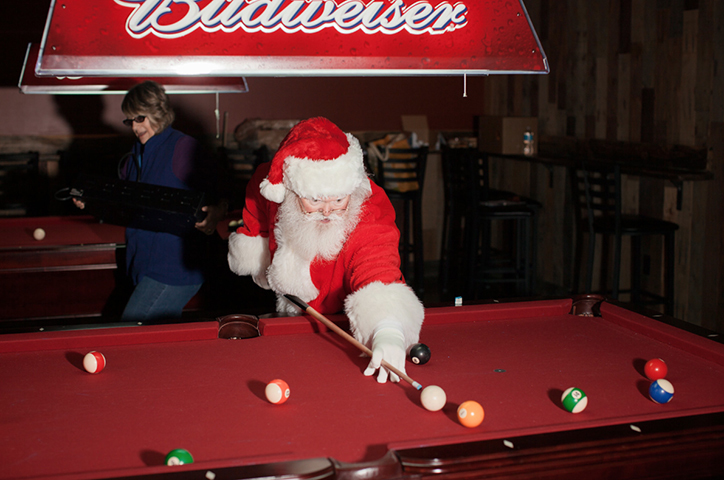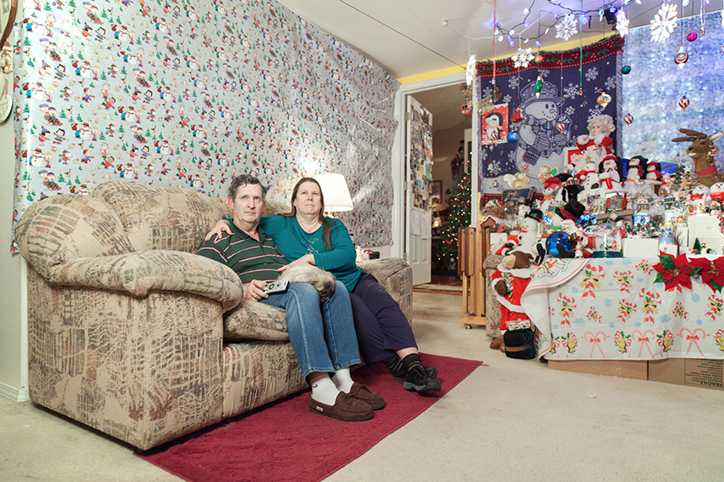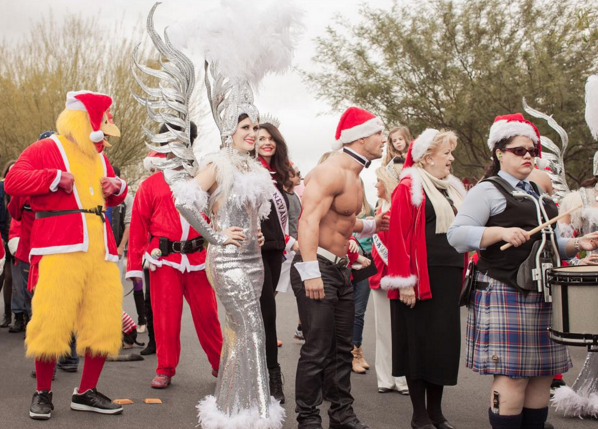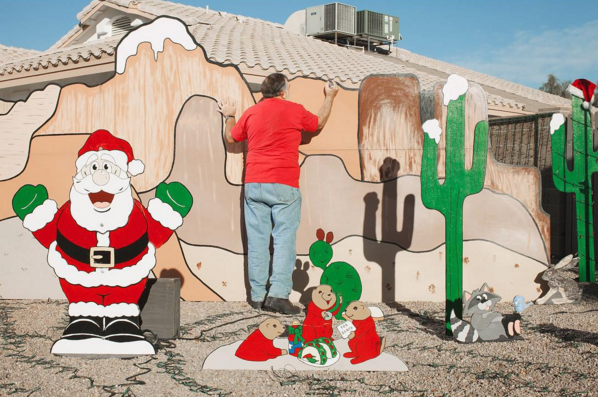Race and policing are at the forefront of issues needed to be discussed by the entire American public. The topics trim at America's systematic racism that affects people's rights.
In the wake of all incidents where police have operated with bias or wrongfully profiled, harmed and killed people, this short documentary via The New York Times, titled 'A Conversation With Police on Race,' honestly examines the actions and characteristics of police.
Five retired police officers speak in the video: Ray Lewis, a white male and former police captain of Philadelphia Police Department; Susan Pickman, a white female and former officer of Orlando Police Department; Stacey Sheffey, a black female and former detective of New York Police Department; Graham Weatherspoon, a black male and former detective of New York Police Department; Glenn Cunningham, a white male and former detective of New York Police Department.
The documentary by Geeta Gandbhir and Perri Peltz sheds light on how race affects the way police interact with citizens. "Would I stop four or five black guys that are in a white neighborhood, yeah, if they're not supposed to be there. I would say, 'What's up guys?' Even if I was in a patrol car I would roll up on them and say, 'What's up guys what are you doing?' And if they gave me an attitude, that would raise my suspicion," said Cunningham.
Why are black people the token symbol for misconduct? Weatherspoon says, "I never hear white-on-white crime, I never hear that term. But, the focus of media and of the departments is upon the negative behavior of black people."
Captain Lewis openly reflects on America's neglect of racism, saying, "It's the responsibility of the white community, it's a responsibility of our leaders to realize black people are not shouting racism and discrimination and exploitation for no reason. They're not marching, they're not protesting because they have nothing else to do. Their problems are real."
The video highlights a range of opinions and assessments. Pickman mentions how police target teenagers in general.
'A Conversation with Police on Race' is genuine in its offering. Good for The New York Times for taking the initiative to foster the conversation. Watch it for yourself above.














